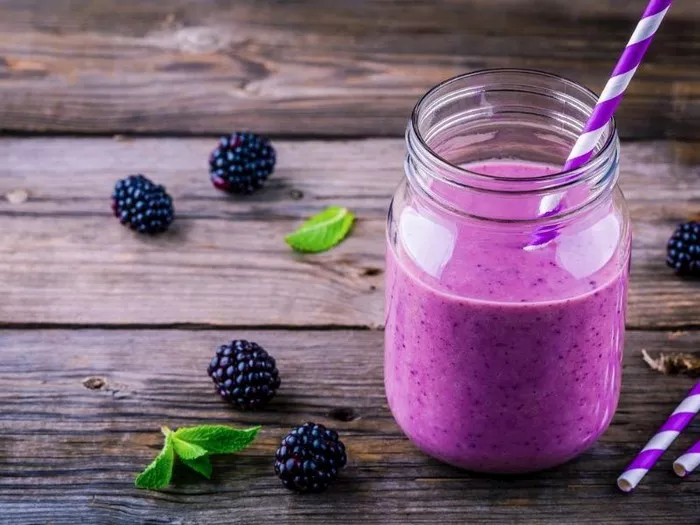Making delicious beef soup is a rewarding culinary endeavor that can warm your heart and nourish your body. Whether you’re preparing it for a cozy family dinner or to impress guests, this guide will walk you through every step, ensuring your beef soup is both flavorful and satisfying. Let’s dive into the world of beef soup making!
Ingredients Preparation
Before you start cooking, gather all your ingredients. This ensures a smooth cooking process without any last-minute rushes. Here’s what you’ll need:
Main Ingredients:
- 2-3 pounds of beef bones or beef stew meat (shank, chuck, or brisket are great choices)
- 1 large onion, chopped
- 4-5 carrots, sliced
- 4-5 celery stalks, chopped
- 4-6 cloves of garlic, minced
- 2-3 medium potatoes, peeled and cubed (optional for a thicker soup)
- 1 cup of frozen or fresh peas (optional for added texture and nutrition)
- 1 large tomato, chopped (optional for added sweetness and acidity)
Aromatics and Seasonings:
- 2-3 bay leaves
- 4-5 whole black peppercorns
- 1 teaspoon dried thyme
- 1 teaspoon dried rosemary
- Salt and pepper to taste
- 1 tablespoon olive oil or butter
- 1 teaspoon Worcestershire sauce (optional for depth of flavor)
- Beef bouillon cube or beef broth concentrate (optional for extra beefiness)
Broth Base:
- 12 cups of water or beef broth (preferably low-sodium)
- 1 beef bouillon cube or homemade beef stock (if using water)
Garnishes (Optional):
- Fresh parsley or chives, chopped
- A dollop of sour cream or yogurt
- Crusty bread or crackers
Step-by-Step Cooking Instructions
Preparing the Beef
Beef Selection: Choose high-quality beef bones or stew meat. Bones add rich flavor and gelatin to the broth, while stew meat breaks down beautifully during slow cooking.
Searing the Beef: In a large, heavy-bottomed pot or Dutch oven, heat the olive oil or butter over medium-high heat. Pat the beef dry with paper towels to avoid splattering. Sear the beef pieces until they are browned on all sides, about 5-7 minutes per side. This locks in juices and adds a deep, caramelized flavor to your soup.
Building the Flavor Base
Sautéing Vegetables: Remove the beef from the pot and set it aside. In the same pot, add the chopped onion, carrots, celery, and garlic. Sauté these vegetables until they are soft and translucent, about 5-7 minutes. This releases their natural sugars and creates a flavorful base for your soup.
Adding Aromatics: Throw in the bay leaves, peppercorns, thyme, and rosemary. Stir well to coat the vegetables with the aromatic spices. These will infuse your soup with a deep, earthy flavor.
Simmering the Broth
Combining Ingredients: Return the seared beef to the pot. Pour in the water or beef broth, making sure it covers the beef and vegetables by at least an inch. If using water, add a beef bouillon cube to enhance flavor.
Bringing to a Boil: Place the pot on the stove over high heat and bring the mixture to a rolling boil. Skim off any foam or impurities that rise to the surface with a ladle. This step ensures a clearer, cleaner broth.
Reducing Heat: Once boiling, reduce the heat to low or medium-low and let the soup simmer. A gentle simmer allows all the flavors to meld together without reducing the liquid too much. Aim for a slow, steady bubble.
Cooking Until Tender
Simmering Time: Cover the pot with a lid and let the soup simmer for at least 2-3 hours, or until the beef is very tender and can be easily shredded with a fork. The longer it simmers, the more flavorful it will become.
Adding Potatoes and Peas: If using potatoes, add them to the pot after the first hour of simmering. Potatoes take longer to cook and will break down slightly, thickening the soup. Add the peas during the last 10-15 minutes of cooking to avoid overcooking them.
Adjusting Seasoning: Taste the broth periodically and adjust the seasoning with salt and pepper as needed. Remember, the flavors will continue to develop as the soup simmers, so be cautious with your seasoning.
Finishing Touches
Optional Flavor Enhancements: For an extra layer of flavor, you can add a teaspoon of Worcestershire sauce or a beef bouillon cube dissolved in a bit of hot water. These ingredients add depth without overpowering the natural flavors of the soup.
Removing Bay Leaves and Peppercorns: Before serving, fish out the bay leaves and peppercorns. They have done their job of infusing flavor but are not pleasant to eat.
Serving Your Beef Soup
Ladling the Soup: Ladle the hot beef soup into bowls, ensuring each serving has a good mix of beef, vegetables, and broth.
Garnishing: Sprinkle fresh parsley or chives over the top for a burst of fresh flavor and color. A dollop of sour cream or yogurt adds a creamy tanginess that complements the rich broth.
Serving Accompaniments: Serve your beef soup with crusty bread or crackers to soak up the delicious broth. This not only enhances the eating experience but also helps balance the meal.
Tips for Perfect Beef Soup
Quality Ingredients: Always use high-quality beef and fresh vegetables. This makes a significant difference in the final flavor.
Patience: Let the soup simmer slowly. Rushing the process will result in a less flavorful broth.
Skimming the Foam: Don’t skip the step of skimming the foam. It removes impurities and ensures a clearer, cleaner broth.
Seasoning to Taste: Taste and adjust the seasoning throughout the cooking process. Flavors will develop and concentrate as the soup simmers.
Experimenting with Herbs: Feel free to experiment with different herbs and spices. Rosemary, thyme, and bay leaves are classics, but you could also add parsley stems, a sprig of dill, or even a pinch of paprika for a unique twist.
Storing and Reheating: Leftovers can be stored in an airtight container in the refrigerator for up to 3-4 days. Reheat gently on the stove, stirring occasionally to prevent sticking.
Conclusion
Making delicious beef soup is a satisfying and rewarding experience. By following these simple steps and tips, you can create a hearty, flavorful dish that will warm your body and soul. From selecting high-quality ingredients to letting the soup simmer slowly, each step contributes to the final result. Don’t be afraid to experiment with herbs, spices, and garnishes to make your beef soup uniquely yours. Whether you’re serving it to family, friends, or just enjoying it by yourself, a bowl of homemade beef soup is always a comforting and delicious choice. So, gather your ingredients, roll up your sleeves, and start making your own delicious beef soup today!
Related Topics:
























